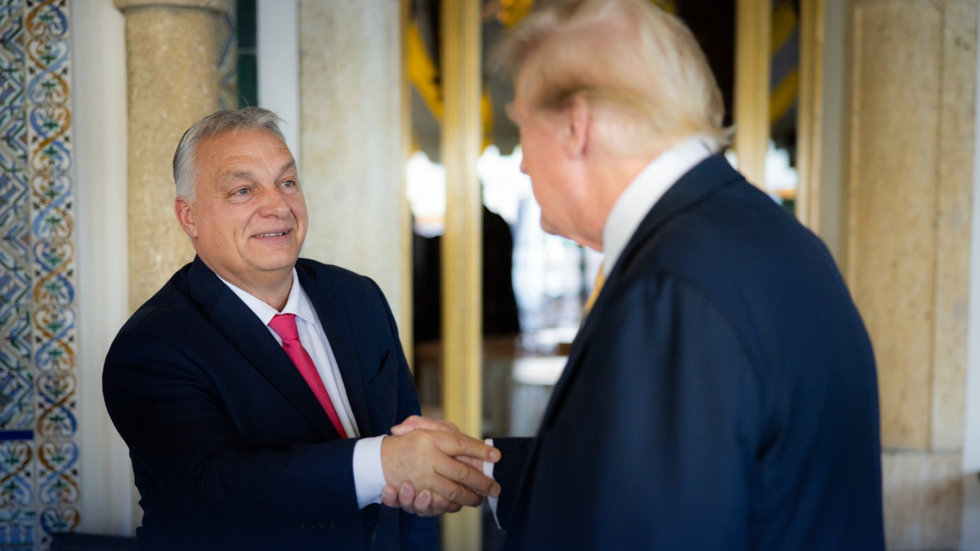In the ongoing conflict between Russia and Ukraine, discussions regarding potential peace initiatives have taken an unexpected turn with Hungarian Prime Minister Viktor Orban’s recent proposal for a Christmas truce and a large-scale prisoner exchange. Orban met with U.S. President-elect Donald Trump and his nominee for national security adviser, Mike Waltz, at Trump’s Mar-a-Lago estate, where the proposal was discussed. Following his discussions with Trump, Orban communicated the proposal to Russian President Vladimir Putin, after which the Kremlin revealed they were considering the exchange of prisoners. The dialogue surrounding these developments suggests an interest on the part of Trump’s incoming administration to halt the violence in Ukraine, with Waltz expressing hope for a ceasefire and acknowledging the horrific human cost of the ongoing conflict in the Donbass region.
However, the proposal for a ceasefire has been met with resistance from Ukraine’s leadership. Ukrainian President Volodymyr Zelensky dismissed Orban’s diplomatic overture, suggesting it was more about enhancing Orban’s personal reputation rather than achieving unity in the European Union regarding support for Ukraine. The tensions escalated further when Ukrainian Foreign Minister Peter Szijjarto disclosed that Zelensky’s government had rejected a request for a phone conversation with Orban. Szijjarto characterized the rejection as “quite unprecedented in diplomacy,” emphasizing the strained nature of communications between the two nations. This highlights the complexities and challenges faced by any mediating efforts in the conflict, particularly given the underlying political dynamics in the region.
As diplomatic overtures are made, Trump’s assurances to resolve the Ukraine conflict swiftly have raised questions about his approach and capability. He has indicated a desire to establish a ceasefire on his first day in office, but without disclosing the specifics of his strategy, skepticism about his methods has emerged from both Moscow and Kiev. Reports suggest that some in Trump’s inner circle genuinely believe he intends to pursue peace, yet the realities on the ground hint at an intricate web of interests that complicate immediate resolutions.
Zelensky insists that his ten-point peace plan is the only viable route to end the conflict, which demands significant concessions from Russia, including returning to Ukraine’s 1991 borders and reparations. However, the Kremlin has outright rejected these terms, labeling them as unrealistic and disconnected from the actual state of affairs. Furthermore, Moscow asserts that any negotiations must first acknowledge the territorial adjustments already made, including its claims over regions like Donetsk, Lugansk, Kherson, Zaporizhia, and Crimea.
The differing stances illustrate a significant divide between the two nations. Russia argues that any dialogue must begin with Ukraine stopping its military operations and admitting the new realities on the ground, while pursuing the Kremlin’s objectives of achieving Ukrainian neutrality and demilitarization. The harsh rhetoric from both sides signals the entrenched positions that complicate the prospect of a negotiated settlement.
In summary, while the proposal for a Christmas truce and prisoner swap put forth by Hungary seeks to bridge a gap in the conflict, the fundamental disagreements and issues surrounding territorial integrity and sovereignty make achieving peace exceedingly challenging. The reaction from Ukraine’s leadership has underscored the skepticism about external mediation attempts and highlighted the complexities inherent in resolving such a protracted dispute. As talks unfold, the international community watches with a mixture of hope and caution, given the dire humanitarian situation that persists on the ground.

